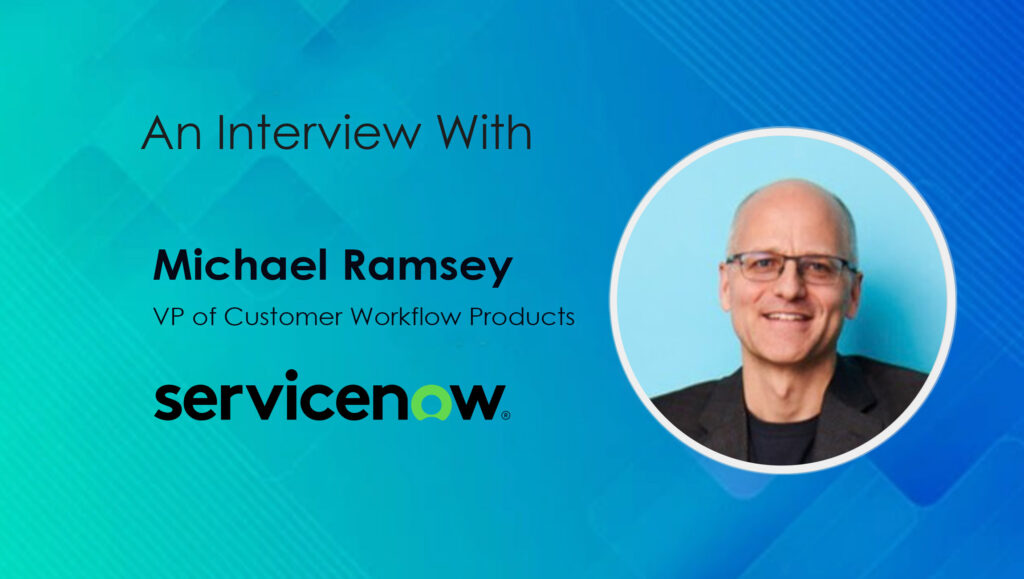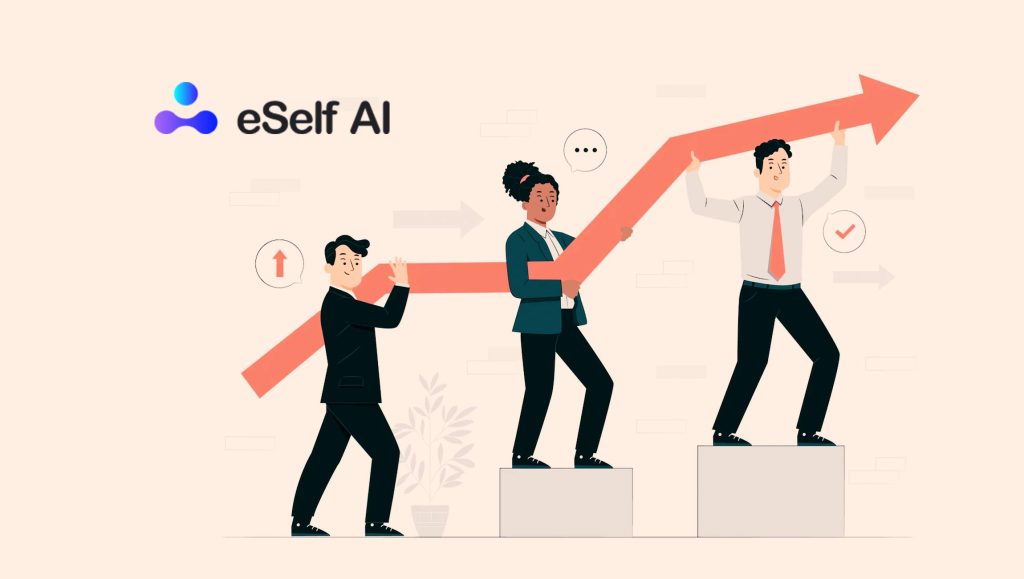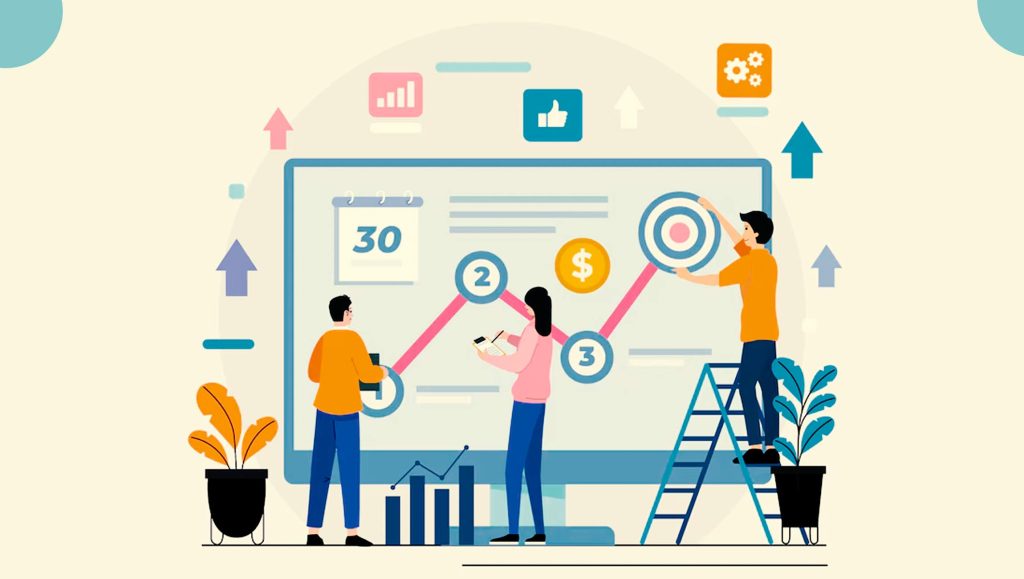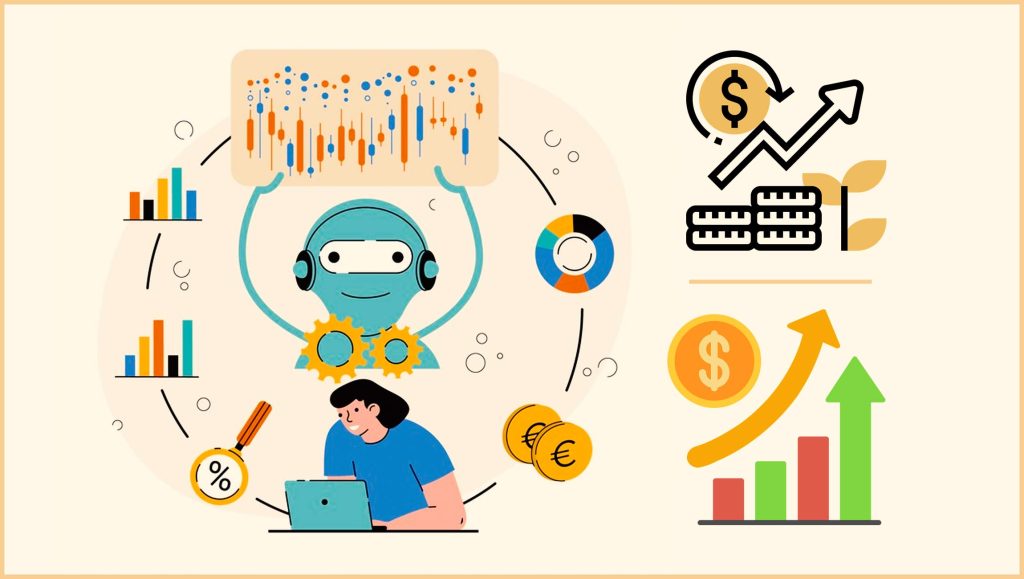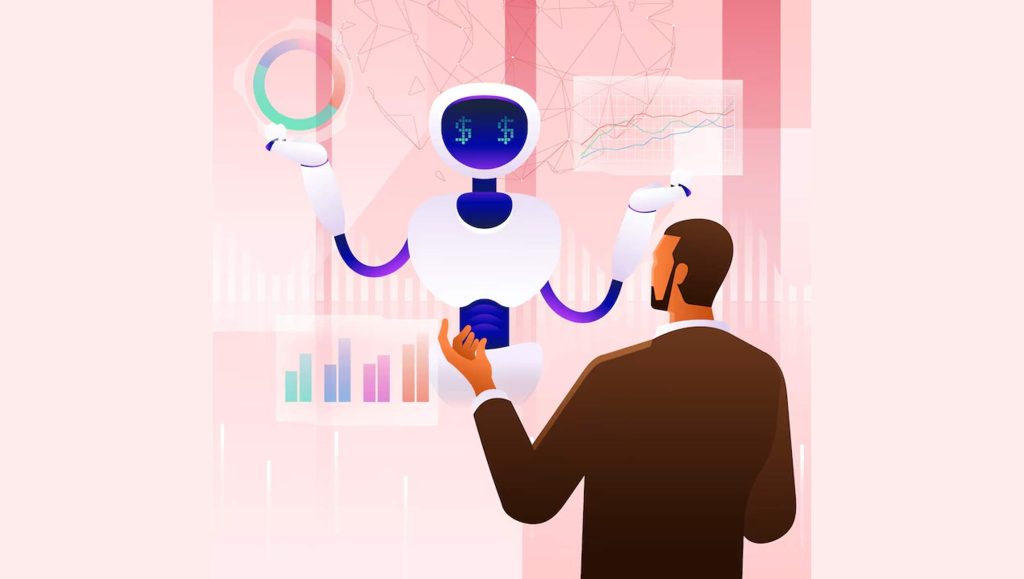Michael Ramsey, VP of Customer Workflow Products at ServiceNow chats about the need for personalization tactics to trickle down to reach service and support agents, something that is still not as prevalent in B2B:
_______
Welcome to this SalesTechStar chat Michael, take us through your journey in the tech industry and how you’ve seen industry trends change…we’d also love to hear more about your current role at ServiceNow!
Thank you – absolutely!
I started my career as an application developer over 20 years ago and have worked as a product manager, solution architect and software consultant. Prior to ServiceNow, I served as Chief Product Officer at Leanplum and Invoice2go and helped develop products to build customer loyalty and fuel business growth. I also spent 8+ years at Salesforce, serving as SVP of Product Management. While there, I was responsible for the Service Cloud product line including all agent and customer-facing products and features, and helped grow the business to more than $2B in revenue during my tenure.
Building and implementing software for enterprises that creates a real business impact is my bread and butter, and it’s my focus at ServiceNow. I’m a VP of Product Management for our Customer Workflow products, which enable organizations to create seamless customer experiences and drive fierce customer loyalty.
There have been massive changes and shifts in the tech industry over the years, with so much transformation happening in the last two as businesses address COVID-related challenges. According to IDC, worldwide digital transformation investments will total more than $7.8 trillion by 2024. Today, organizations are quickly realizing that they need to be agile and adopt new distributed ways of working. As a result, they’re relying on platforms and digital workflows to drive end-to-end digital experiences for customers.
Read More: SalesTechStar Interview with Jim McHugh, Co-Founder and Chief Executive Officer at Mperativ
We’d love to hear more about ServiceNow’s integration with Qualtrics and how this will enable end users and the customer/employee journey?
Businesses of all sizes and across industries are competing on experience, and the experience is made up of every interaction a customer has with a brand. That means loyalty is re-earned with every interaction. Unfortunately, many organizations are still struggling with fragmented legacy technology and siloed systems that makes it hard to deliver the modern, digital experiences employees want and customers expect.
This is a challenge that ServiceNow and Qualtrics are helping to solve. After all, 80% of customers said they’ve switched brands because of a poor customer experience. Providing effortless customer service is a business imperative.
ServiceNow’s integration with Qualtrics helps companies act on customer experience data in real time. The experience data from Qualtrics will empower service organizations to create personalized experiences and automate workflows with ServiceNow so they can quickly resolve issues, help improve experiences, increase loyalty and spend, while reducing operational costs.
Here’s an example: Companies that can better understand their customers can provide more unique, proactive service in the case of an outage. When internet service goes down, many people immediately go to the website and check outages in their area to try to understand the problem. However, a high-value, low satisfaction customer may get a push notification that gives them an opportunity to connect with a live agent before they even realize that their service has been interrupted. Paying extra attention to customers goes a long way toward making sure they remain a customer in the long run.
Why is it becoming more crucial for businesses to prioritize the customer experience while also creating better processes for service agents? Can you share a few thoughts from brands around the world that have done this well??
Customer expectations have changed. They want personalized responses that show service agents understand the context of their issue – and they want their issues resolved quickly. To meet that raised bar, organizations need to deliver empathy at mass scale in every interaction to retain customers and drive growth.
It’s not an exaggeration to say that a business’ success or failure can often be linked directly to the quality of their customer and employee experiences. The top reason customers switch brands is because they feel unappreciated.
We’re hearing from our customers that digital tools enabling seamless, personalized customer experiences at scale within today’s hybrid digital world are vital to their growth and success. This goes beyond thinking about how a customer interacts with a brand. Companies need to harness the power of the whole organization – beyond just customer service teams – to better serve customers or, in other words, connecting the front, middle, and back office to drive issue resolution.
M&T Bank is a great example of a joint Qualtrics – ServiceNow customer that leverages both solutions to create more personalized experiences. As a result, they’ve seen increased customer satisfaction at critical touchpoints, which makes a meaningful impact on their business:
- “Today people increasingly expect their banks to provide personalized experiences across every interaction,” said Nicolas Boesch, GVP of Voice of Customer at M&T Bank. “Our use of ServiceNow and Qualtrics has enabled us to improve customer satisfaction at critical touchpoints, including our contact centers, retail locations and digital channels. We look forward to using the new Qualtrics and ServiceNow integration to help further streamline our processes and uncover new ways to delight our customers.”
Read More: SalesTechStar Interview with Marc Sachdev, Principal Product Marketing Manager at Impact.com
While talking about this, there is also need to inculcate a higher level of personalization in customer and employee interactions. What should brands and business teams do to enable more of this?
Everyone knows that personalization is important. The biggest barrier is whether service agents have the information they need to provide personalized experiences for customers. To effectively provide personalized experiences while solving both simple and complex problems, organizations need to invest in digital transformation efforts to ensure that their teams are fully connected across departments, and that they can take action on feedback and data.
It’s not enough to know your customers. You must know them, but you must also be able to connect the right people, processes, and systems to solve their problems in a personalized way.
A few thoughts on how you feel martech-salestech-B2B technologies as a segment will move in 2022?
Companies are quickly realizing that driving sales, increasing customer loyalty and transforming the customer experience requires a stellar end-to-end customer experience. What do I mean by this? Companies have historically focused on the engagement layer of customer service, which involves how customers make requests – via websites, apps, chatbots, and channels like phone, email or SMS. While these interactions are critical, they’re not enough on their own. The other half – and perhaps the most challenging part – is getting the work done to fulfil the request behind the scenes, across the front, middle and back office.
Fulfilling a request often requires a series of tasks that span multiple systems and departments. Frontline agents often lack visibility into the status of requests and often can’t perform the actions required to fulfill the request. They resort to emails and phone calls to communicate with other teams. Agents are the glue holding the process together, resulting in an inconsistent process and frustrated customers. Transforming customer service requires technology that unites the entire organization to enable an end-to-end customer experience.
Additionally, the use of AI will increase in 2022. Many organizations can see its potential to dramatically improve the customer experience by identifying the root cause of an issue and proactively solving problems before customers know they’ve happened. AI can improve everything in the process from building better chatbots to auto scanning cases to building better FAQs. Many organizations have already integrated AI and machine learning into the customer service stacks, but I expect that will only continue to grow.
Some last thoughts, takeaways, before we wrap up!
We’re just getting started. Qualtrics and ServiceNow will continue to jointly innovate to raise the bar for next-generation service experiences that drive loyalty and satisfaction.
Additional integrated capabilities will help teams visualize sentiment and profile data directly in the Now Platform, giving agents and frontline teams a more holistic view of the customer and employee to improve service experiences.
Read More: SalesTechStar Interview with Jim Kaskade, CEO at Conversica
![]() ServiceNow (NYSE: NOW) makes the world work better for everyone. Their cloud-based platform and solutions help digitize and unify organizations so that they can find smarter, faster, better ways to make work flow.
ServiceNow (NYSE: NOW) makes the world work better for everyone. Their cloud-based platform and solutions help digitize and unify organizations so that they can find smarter, faster, better ways to make work flow.
Michael Ramsey is the VP of Customer Workflow Products at ServiceNow
Missed The Latest Episode of The SalesStar Podcast? Have a quick listen here!
Episode 114: Marketing Do’s and Don’ts with Chris McLaughlin, Chief Marketing Officer at LumApps
Episode 113: Optimizing B2B Sales Training Efforts: with John Elsey, CEO at Richardson Sales
Episode 112: B2B Revenue Tricks and Optimized Sales practices with Karen Gallantry, GM at mParticle

